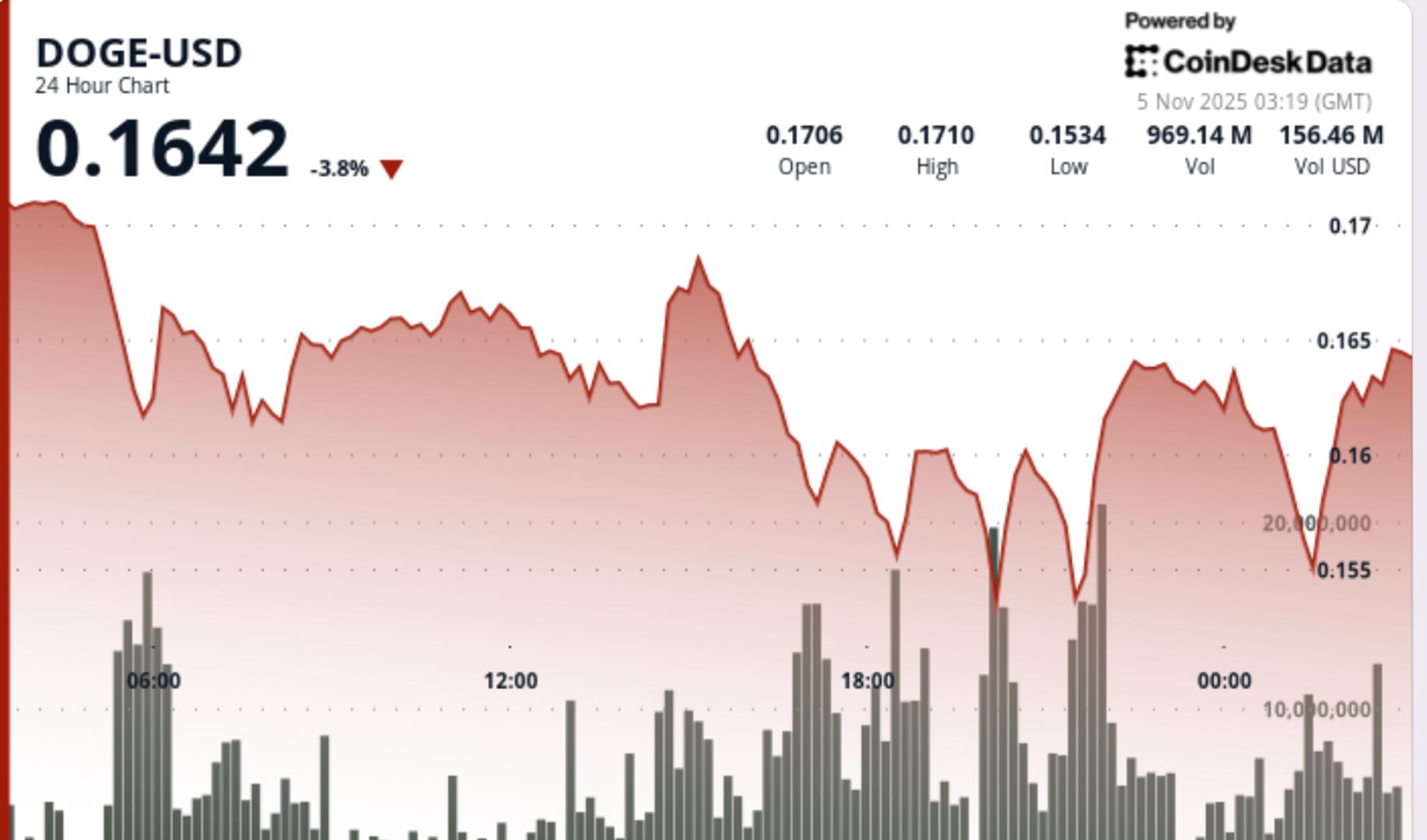Crypto Layers Explained: What Are L1, L2 and L3 Networks? AllinCrypto May 1, 2025
Crypto networks come in layers. Examples would be Bitcoin and Etheruem, which are layer 1 networks compared to Arbitrum and Bitcoin’s Lightning Network, which are layer 2s.
Layer 2 networks are important in helping scale layer 1 networks by introducing scalability and faster transaction speeds, utilising the layer 1 blockchain’s technology
Let’s break down the difference between layer 1 and layer 2 blockchain networks, along with layer 3s and beyond.
What is a layer 1 crypto network?
Cryptocurrency networks are designed as layers to help strike an easy, understandable balance between scalability, decentralization, and security.
The layer 1 network is the foundation. Layer 1 networks like Ethereum handle transaction validations, network consensus, and the initial native token, like ETH, which is used to secure the network and interact with smart contracts.

Layer 1 networks can sometimes struggle with scalability and come with high transaction fees, which makes it harder for the average trader to use the network during peak times.
As a result of these scalability issues, layer 2 networks were built on top of existing layer 1 networks to provide alternative ways of accessing fast transactions at lower costs, enhancing the layer 1’s scalability features.
Layer 1 networks of old, such as Bitcoin, Ethereum, Cardano, and Ripple’s XRP Ledger, tend to suffer the most from scalability issues due to their architecture.
Over time, development teams have fixed some scalability issues on layer 1, such as Ethereum’s major ETH 2.0 upgrade, which turned Ethereum into a proof-of-stake blockchain from proof-of-work to help future scalability.
Layer 2 networks help layer 1s maintain usability with additional features such as Cardano’s upcoming Midnight side-chain, which will bring private transactions to the Cardano ecosystem.
There is also Coinbase’s Base layer 2 network on Ethereum, which has forged its own budding community with active NFT marketplaces and meme coins.
What are layer 2 crypto networks?
Layer 2 solutions are built on top of layer 1 networks to bring new scalability and security solutions and features to the existing network.
Users on the layer 1 network are able to easily switch between the original L2 to the L2 by bridging assets over to the L2. Layer 2 networks are able to take transaction loads and processing from the L1, process them, and then send those results back to the L1.

Layer 2 networks such as Optimism, Polygon, and Arbitrum on Etheruem help by reducing the transactional load on Ethereum, bringing users into an environment that utilizes the security and consensus of the L1 while introducing faster, low-cost solutions.
Until most layer 1 networks can figure out innovative ways to scale, layer 2 networks will be integral parts of the main blockchain, with some L2s gaining and building their own dedicated communities and decentralized applications with strong backing.
What are Layer 3 crypto networks, and when will they launch?
In recent years, there have been discussions on layer 3 networks and how they might work or look like. An example of a layer 3 network would be one that acts as a cross-chain bridge between L1s and L2s within the industry.
With layer 3 networks, users could launch tokens on Etheruem by using assets or features from other networks such as Sui Network or Solana.

Layer 3 networks could be built on top of existing L2s, categorized as a specialised infrastructure layer, prioritizing certain web3 industries and use cases such as real-world assets, gaming, or institutional tools.
Like L2s, L3s would bring enhanced security, scalability, and speeds. As of 2025, layer 3 networks are still emerging concepts that could come to fruition in the near future.
The post Crypto Layers Explained: What Are L1, L2 and L3 Networks? first appeared on AllinCrypto.







